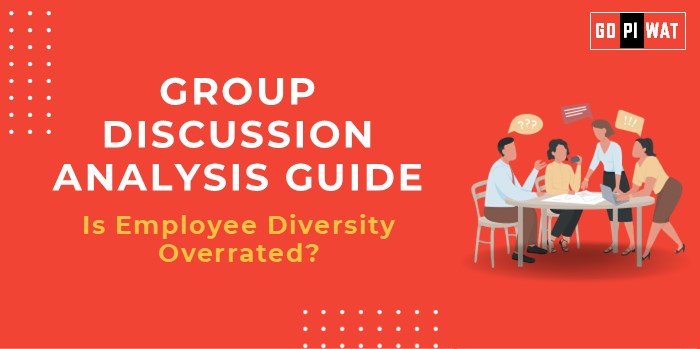📋 Is Employee Diversity Overrated?
🌐 Introduction to Employee Diversity
Employee diversity has become a critical focus in organizational strategies globally, highlighting its potential to drive innovation, collaboration, and market adaptability. However, the debate on whether its importance is overrated continues to attract attention in academia and the corporate world.
Diversity initiatives gained momentum in the late 20th century with movements for equal opportunity employment. While research indicates diversity can enhance workplace performance, critics argue it may lead to friction or tokenism if not managed effectively.
📊 Quick Facts and Key Statistics
🤝 Employee Engagement: Diverse workplaces report 21% higher employee engagement (Gallup, 2023).
⚙️ Challenges: 41% of organizations report difficulty integrating diversity goals with broader company strategies (SHRM, 2023).
📜 Legal Context: Anti-discrimination laws are robust globally, but enforcement varies significantly.
🤝 Stakeholders and Their Roles
- 🏢 Organizations: Promote policies, training, and inclusive hiring practices.
- 🏛️ Government Bodies: Ensure legal frameworks for equal opportunity.
- 🧑💼 Employees: Participate in fostering an inclusive environment.
- 📢 Diversity Advocates: Highlight underrepresented groups’ needs and influence policy changes.
🏆 Achievements and Challenges
Achievements
- 💡 Enhanced Innovation: Companies with diverse teams report 19% higher innovation revenue (BCG, 2023).
- 🌍 Global Market Access: Diverse workforces help firms cater to international markets.
- 🤝 Inclusive Leadership: Leaders from diverse backgrounds provide broader perspectives.
Challenges
- ⚡ Integration Issues: Mismanaged diversity can lead to workplace tension.
- 🛑 Tokenism: Superficial inclusion efforts can harm organizational culture.
- 📏 Measurement Difficulties: Quantifying diversity’s ROI remains challenging.
Global Comparisons:
- ✅ Success: Google’s inclusive policies have fostered global innovation.
- ⚖️ Challenge: Germany faces ongoing debates about quotas for women in boardrooms.
💡 Case Study: India’s IT Sector: TCS’s commitment to gender diversity (36% female workforce) has enhanced global competitiveness.
⚖️ Structured Arguments for Discussion
- ✅ Supporting Stance: “Diversity drives innovation and helps organizations cater to a global customer base.”
- ❌ Opposing Stance: “Unrealistic diversity targets can harm efficiency and create conflicts.”
- ⚖️ Balanced Perspective: “Diversity is essential but must be integrated with effective inclusion strategies.”
💬 Effective Discussion Approaches
- Opening Approaches:
- 📊 Use data: “Organizations with diverse teams report 21% higher engagement rates.”
- ❓ Pose a question: “Is diversity a strategic priority or merely a trend?”
- Counter-Argument Handling:
- ✔️ Acknowledge challenges (e.g., tokenism).
- 💡 Suggest solutions like inclusive leadership programs.
🔍 Strategic Analysis of Strengths and Weaknesses
- Strengths: Innovation, global adaptability, employee satisfaction.
- Weaknesses: Conflict potential, cost of diversity initiatives.
- Opportunities: AI-driven diversity analytics, remote global hiring.
- Threats: Resistance to change, cultural biases.
🎓 Connecting with B-School Applications
Real-World Applications: Diversity management in HR, leadership development programs.
Sample Interview Questions:
- 📈 “How can diversity contribute to an organization’s financial success?”
- 📋 “What are effective ways to measure inclusion in the workplace?”
Insights for B-School Students: Develop leadership skills to manage diverse teams and enhance cultural intelligence.


